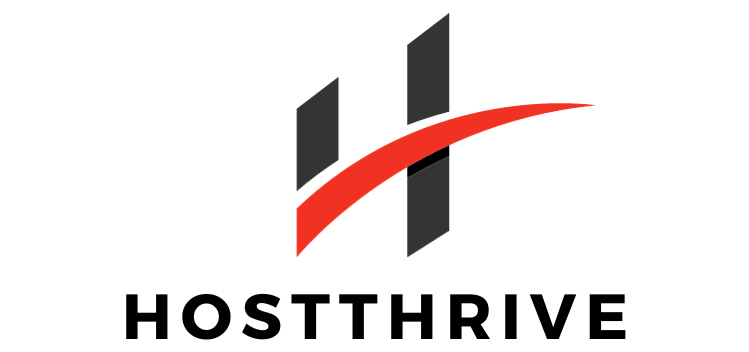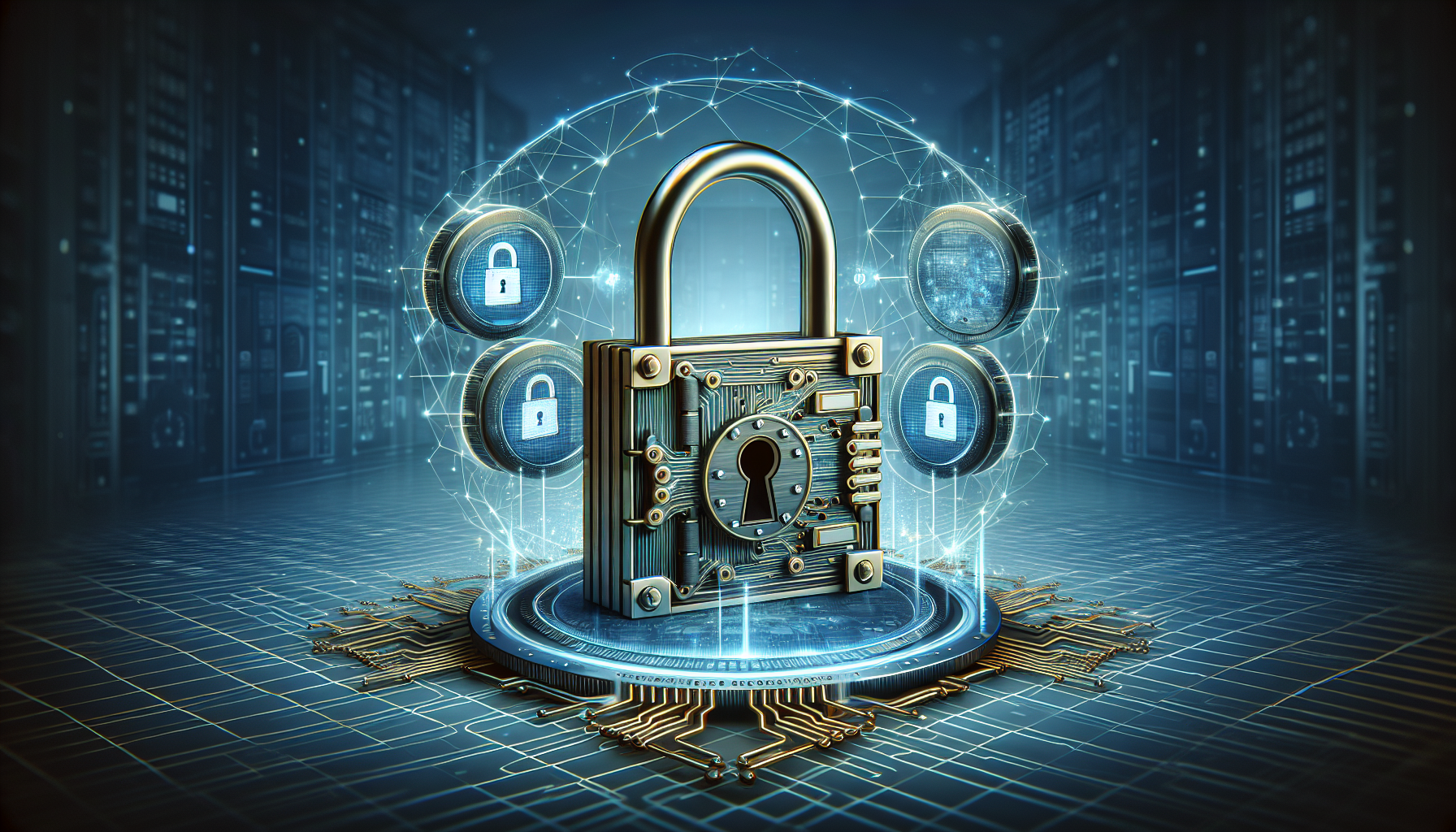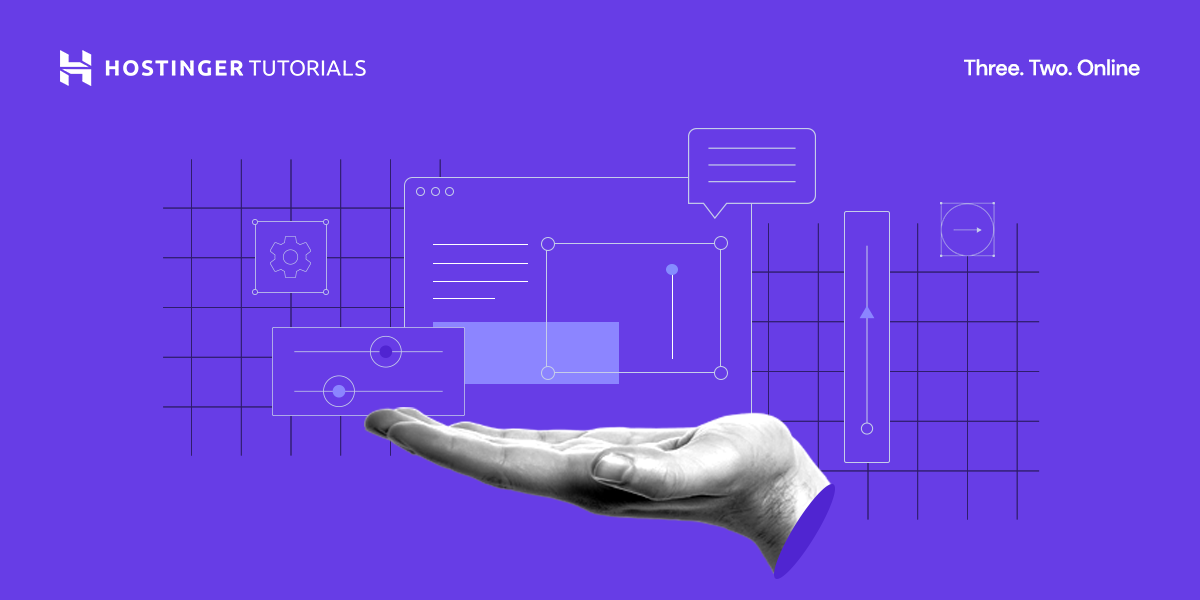How To Secure Advanced Hosting Environments Against Malware
Have you ever wondered how to keep your advanced hosting environment safe from malware attacks? The internet can be a dangerous place, but with the right knowledge and tools, you can secure your hosting environment against malware effectively. In this article, we will explore various strategies and best practices to protect your advanced hosting environment from malicious threats.
Understanding Malware and Its Threats
Before we delve into securing your advanced hosting environment against malware, it’s essential to understand what malware is and the various threats it poses. Malware, short for malicious software, is any software designed to gain unauthorized access to, disrupt, damage, or disable computer systems. It comes in many forms, including viruses, worms, Trojans, spyware, and ransomware.
Understanding the different types of malware and their behavior is crucial in developing a robust security strategy. By recognizing the signs of a malware infection, you can take proactive measures to protect your hosting environment and prevent potential data breaches.
Secure Your Hosting Environment with Regular Software Updates
One of the most effective ways to protect your advanced hosting environment from malware is by ensuring all software and applications are up to date. Software updates often include security patches that fix known vulnerabilities and weaknesses that can be exploited by malware.
By regularly updating the operating system, web server, content management system, plugins, and other software components, you can reduce the risk of malware infecting your hosting environment. Make it a habit to check for updates frequently and apply them as soon as they are available to keep your system secure.
Implement Robust Access Control Policies
To prevent unauthorized access to your hosting environment, it’s crucial to implement robust access control policies. Limit access to only those who need it, and ensure each user has a unique login credential. Consider using multi-factor authentication for an added layer of security.
Regularly review and audit user permissions to ensure that no unnecessary access privileges are granted. By controlling access to your hosting environment, you can reduce the risk of malware infections and potential data breaches.
Use Secure File Transfer Protocols
When transferring files to and from your hosting environment, always use secure file transfer protocols such as SFTP (Secure File Transfer Protocol) or HTTPS. Avoid using insecure protocols like FTP, which transmit data in plaintext and are more susceptible to interception by cybercriminals.
Encrypting file transfers ensures that sensitive data remains protected from unauthorized access. By employing secure file transfer protocols, you can safeguard your hosting environment against malware attacks that target data in transit.
Implement Network Segmentation
Network segmentation involves dividing your hosting environment into separate subnetworks to isolate and contain potential malware outbreaks. By segmenting your network, you can control traffic flow and restrict the movement of malware within your hosting environment.
Implementing network segmentation helps minimize the impact of malware infections and prevents them from spreading to critical systems. By creating barriers between different segments of your hosting environment, you can limit the scope of an attack and enhance overall security.
Back Up Your Data Regularly
In the event of a malware infection or data breach, having regular backups of your hosting environment is crucial for recovery. Backing up your data regularly ensures that you can restore your systems to a clean state and minimize the impact of a malware attack.
Store backups in a secure location separate from your hosting environment to prevent them from being compromised in case of an attack. Test your backups regularly to ensure they are working correctly and can be relied upon for restoring your hosting environment in the event of a cybersecurity incident.
Monitor Your Hosting Environment for Anomalies
Regularly monitoring your hosting environment for anomalies can help detect potential malware infections before they cause significant damage. Use intrusion detection systems, log monitoring tools, and security information and event management (SIEM) solutions to track suspicious activity and alert you to potential threats.
Pay close attention to unusual network traffic, unauthorized access attempts, and unexpected system behavior that could indicate a malware infection. By proactively monitoring your hosting environment, you can identify and respond to security incidents promptly and mitigate their impact.
Conduct Regular Security Audits and Penetration Testing
To ensure the effectiveness of your security measures, conduct regular security audits and penetration testing on your hosting environment. Audits help identify vulnerabilities and weaknesses that could be exploited by malware, while penetration testing simulates real-world cyber attacks to assess your system’s resilience.
By testing the effectiveness of your security controls and incident response procedures, you can identify gaps in your defenses and address them proactively. Regular security audits and penetration testing can help strengthen your hosting environment’s security posture and protect it against evolving malware threats.
Educate Your Team on Cybersecurity Best Practices
In addition to implementing technical security measures, it’s essential to educate your team on cybersecurity best practices to create a culture of security awareness. Train your employees on how to identify phishing attempts, secure their devices, and protect sensitive information to reduce the risk of malware infections.
Encourage your team to report any suspicious activity or incidents promptly and provide them with the knowledge and tools to respond effectively to cybersecurity threats. By fostering a cybersecurity-conscious workforce, you can enhance your hosting environment’s overall security and resilience against malware attacks.
Conclusion
Protecting your advanced hosting environment against malware requires a combination of proactive security measures, regular maintenance, and user awareness. By understanding the threats posed by malware, implementing robust access controls, using secure file transfer protocols, and conducting regular security audits, you can reduce the risk of malware infections and safeguard your hosting environment effectively.
Remember to back up your data regularly, monitor your hosting environment for anomalies, and educate your team on cybersecurity best practices to enhance your security posture. By taking a comprehensive approach to securing your hosting environment, you can defend against evolving malware threats and maintain a safe and resilient online presence. Stay vigilant, stay informed, and stay secure.









